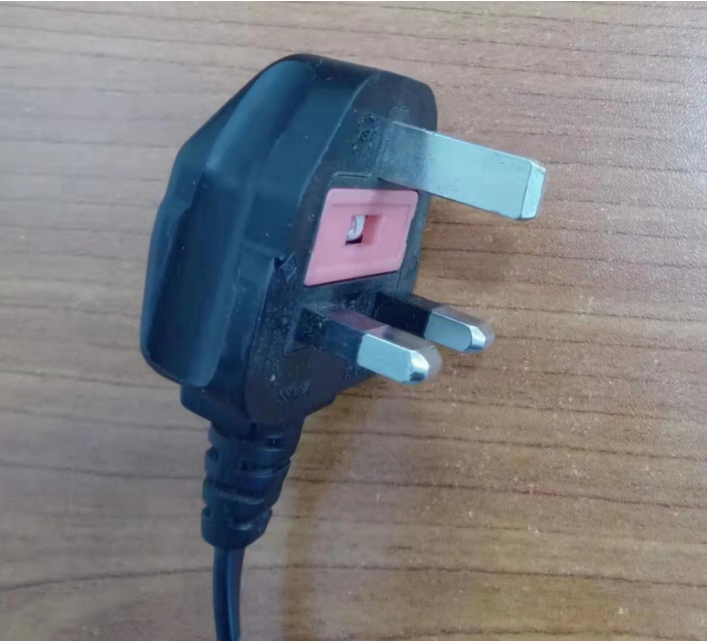The Advantages and Applications of Butyl Rubber Flashing
Butyl rubber flashing is an essential material used in construction and roofing applications, primarily due to its impressive performance characteristics, durability, and versatility. This powerful sealing solution has gained popularity across various industries, particularly in roofing systems, where it serves as an effective barrier against moisture infiltration and environmental stressors. This article delves into the unique attributes of butyl rubber flashing, its applications, and why it is a preferred choice for many contractors and builders.
Composition and Properties
Butyl rubber, a synthetic rubber compound, is well-known for its excellent airtight and waterproof properties. It is created through the polymerization of isobutylene, with a small amount of isoprene, providing the material with a unique structure that resists aging, UV degradation, and the effects of various chemicals. These properties make butyl rubber flashing remarkably flexible, allowing it to accommodate joint movement without compromising its integrity.
One of the standout features of butyl rubber flashing is its outstanding adhesion capabilities. It forms strong bonds to a wide range of surfaces, including metal, wood, and various types of roofing membranes. This strong adhesion is critical in preventing water ingress and ensuring long-term performance across various environmental conditions.
Applications of Butyl Rubber Flashing
1. Roofing Systems Perhaps the most common application of butyl rubber flashing is in roofing systems. It is used to seal around roof penetrations, such as vents, chimneys, and drainpipes. The flexibility and waterproofing properties of butyl rubber help in creating a lasting seal that prevents water leaks, contributing to the overall longevity of the roofing system.
2. Windows and Doors In construction, butyl rubber flashing is often used around windows and doors to prevent air and water leaks. Its ability to adhere well to various building materials ensures that frames are securely sealed, enhancing energy efficiency and reducing the likelihood of mold and mildew growth due to moisture intrusion.
3. Vehicle and Equipment Seals Beyond construction, butyl rubber flashing is also utilized in the automotive and aerospace industries. Its use in sealing applications for vehicles and equipment helps provide protection against moisture and other elements, thereby extending the lifespan of parts and improving overall performance.
4. Duct Sealing In HVAC applications, butyl rubber flashing can be employed to seal duct joints and connections. The airtight seal it creates reduces energy loss, making HVAC systems more efficient and reducing operating costs.
butyl rubber flashing

5. Underground Applications Butyl rubber’s resistance to water and chemicals makes it suitable for underground applications, such as sealing foundations and basements. When applied correctly, it prevents water intrusion and protects structures from hydrostatic pressure.
Advantages of Butyl Rubber Flashing
- Durability Butyl rubber flashing is highly resistant to environmental factors such as UV radiation, temperature fluctuations, and oxidation, ensuring long-lasting performance.
- Flexibility The inherent flexibility of butyl rubber allows it to accommodate movement in building materials without cracking or losing adhesion.
- Ease of Application Available in rolls or strips, butyl rubber flashing is easy to handle and apply, making it a go-to choice for contractors and DIY enthusiasts alike.
- Cost-Effectiveness While the initial cost may be slightly higher than some alternative materials, the longevity and performance benefits of butyl rubber flashing often lead to overall cost savings in maintenance and repairs.
- Environmental Resistance This material is chemically resistant, making it suitable for various industrial applications where exposure to harsh substances may occur.
Conclusion
In summary, butyl rubber flashing stands out as a premier choice for sealing solutions in construction, automotive, and industrial applications. Its superior properties of durability, flexibility, and moisture resistance contribute to its effectiveness in protecting structures from water damage and ensuring efficient operation in HVAC systems. As builders and contractors continue to seek reliable sealing materials, the versatility and performance of butyl rubber flashing make it an indispensable component in modern construction practices. By understanding its benefits and applications, professionals can make informed decisions that lead to safer, more efficient, and longer-lasting structures.
-
XIANGFAN Rubber Tape-Ultimate Solutions for All Your Insulation NeedsNewsJun.24,2025
-
XIANGFAN Rubber Tape-Protection for Industrial and Residential ApplicationsNewsJun.24,2025
-
XIANGFAN Rubber Tape: Superior Safety and Sealing for Demanding EnvironmentsNewsJun.24,2025
-
XIANGFAN Rubber Tape: Reliable Solutions for Every Electrical ChallengeNewsJun.24,2025
-
XIANGFAN Electrical & Industrial Tape: Powering Reliability Across IndustriesNewsJun.24,2025
-
XIANGFAN Electrical & Industrial Tape: Excellence in Every ApplicationNewsJun.24,2025
